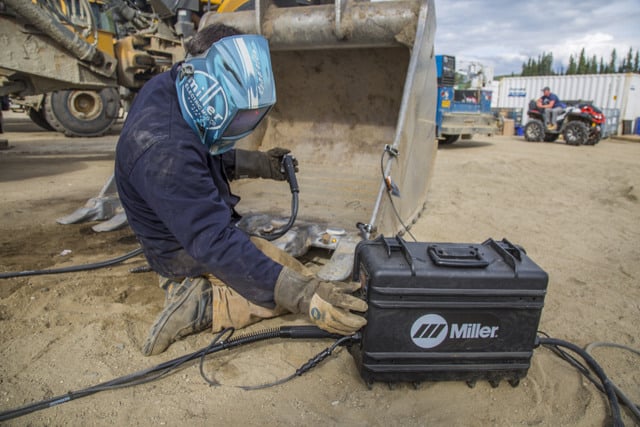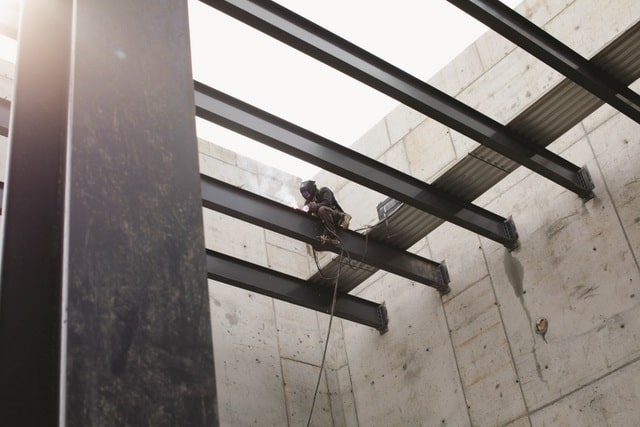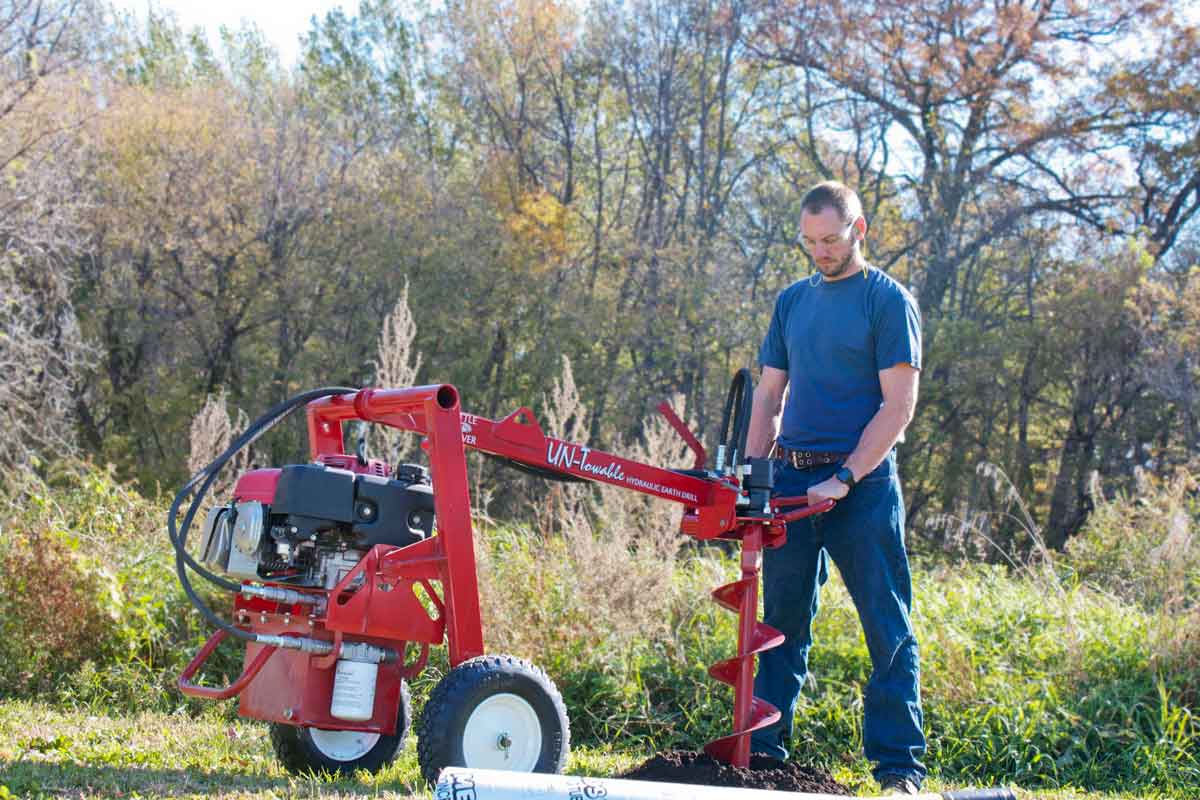Aiming for Efficiency: Outdated Welding Technologies Waste Hours on the Jobsite
Business as usual can cost thousands of dollars a year in a welding operation, and outdated technologies can unnecessarily cost hundreds of hours in productive time on construction jobsites. Consider some of the issues that impact productivity on the jobsite. How many times a day do welders walk back to the power source to make parameter adjustments? Making this trip even four times a day — with each walk taking an average of 15 minutes — wastes 250 hours per welder every year.
This lost time adds up, totaling significant labor costs that could be better spent on value-added tasks. This productivity loss is especially painful for operations that already struggle to find skilled labor.
Productivity isn’t the only thing that takes a hit when welders must stop welding and walk to the power source to make adjustments. These interruptions can also impact weld quality and increase the risk of operator injuries through slips, trips and falls — especially on large jobsites where welders may need to climb up and down ladders or scaffolding to get to the power source hundreds of feet from where they are working.
To stay competitive, contractors must find ways to waste less time and complete jobs faster without sacrificing safety or weld quality. The right solutions can help operations meet important timelines, produce quality work and secure more bids.
Complete Control at the Weld
Remote control welding technology is a solution that minimizes the non-value-added time spent walking to and from the power source — and maximizes arc-on time, weld quality and jobsite safety. It’s possible to save up to two hours per day per welder and reduce rework thanks to improved weld quality.
Technology that provides complete control at the weld joint — without the need for a control cable — saves significant time because welders can easily adjust parameters at the weld joint, so they can do less walking and more welding. In addition, new solutions on the market automatically adjust the voltage to compensate for the voltage drop in weld cables, and they allow parameter adjustments without stopping the arc — for more responsive and accurate performance.
When it’s easier for welders to accurately adjust parameters at the weld joint using the wire feeder or remote, operators can do their best work with improved productivity, efficiency and safety.
Consider a system that provides these remote control welding capabilities without the need for a control cord, which saves time and money in cable setup, maintenance and repair. ArcReach technology from Miller Electric Mfg. LLC uses the weld cables to send information between the wire feeder or the remote and the power source so a control cable isn’t needed between the remote accessory and the power source or engine-driven welder/generator.
Benefits for Weld Quality

Because the ability to make fast and easy adjustments at the weld joint with remote control technology eliminates the walk to the power source, there is no need for welders to “make do” with less-than-optimal settings. This helps welders of varying skill levels produce high-quality welds.
Some systems also ensure that adjustments can only be made at the feeder or remote once the power source and accessory are paired by locking out any changes to the weld process, voltage or amperage at the power source. This eliminates mistakes that can occur if parameters are incorrectly or accidentally changed.
Equipment that makes parameter changes easier and faster also provides benefits for productivity. As the welding workforce changes, less experienced welders may require more frequent parameter changes, so using technology that is more intuitive and easier can save contractors time and money.
Automatic Voltage Adjustment and Greater Control
As remote control welding technologies advance, they offer more capabilities that help improve productivity, efficiency and weld quality. One example is a new technology that automatically adjusts to compensate for the voltage drop in weld cables, so welders know the voltage they set at the power source is the voltage they will get at the wire feeder or remote, even hundreds of feet away.
With traditional machines, operators must manually adjust for the voltage drop that occurs with the resistance in weld cables by setting the voltage higher than necessary at the power source to ensure they get the voltage they want at the feeder. This process is often a guessing game, requiring the welder to set a certain voltage, weld for a bit, then either radio another worker on the site or return to the power source to adjust voltage again before walking back to weld more. This back and forth may happen several times before the welder dials in the right level to compensate for the voltage loss that occurs in weld cables — a loss that varies based on cable length and setup.
New technology can automatically compensate for this voltage drop in the welding circuit. The machine measures the resistance in the weld circuit, uses that measurement to calculate the voltage drop in the weld leads, then makes the necessary adjustments — all in a matter of seconds once the operator sets the voltage.
The time-saving benefits of this technology can be especially significant on large jobsites, such as infrastructure, construction and shipyard projects, because it simplifies the interaction between the welder and the quality control inspector. With traditional technology that requires the welder to manually accommodate for the voltage drop, the quality control inspector may notice that the power source is set to 35 volts when the weld procedure specifies a maximum of 30 volts, for example. The welder would then have to take the time to explain to the inspector why the voltage is set higher than allowed. A system that automatically compensates for the drop — so the voltage at the power source can be set within the allowed levels — eliminates this time and hassle.
Another new technology available in remote control welding systems allows for parameter changes even while the operator is welding. This technology allows welders or other jobsite employees to make adjustments at the feeder or remote without stopping the arc. This allows welders to compensate for heat buildup, changes in weld position or variations in part fit-up. The welder can signal to another worker to adjust voltage, amperage or wire feed speed.
Maximize Productivity with Technology

Sometimes, changing how things have always been done can yield big results. Adopting remote control technology can potentially save hours on the jobsite every day, for a substantial impact on the bottom line.
When welders have complete control at the feeder or remote — even hundreds of feet away from the power source — it minimizes downtime and maximizes productivity, while also improving operator safety and contributing to high weld quality.
Joe Ryan is the infrastructure segment manager for Miller Electric Mfg. LLC.


